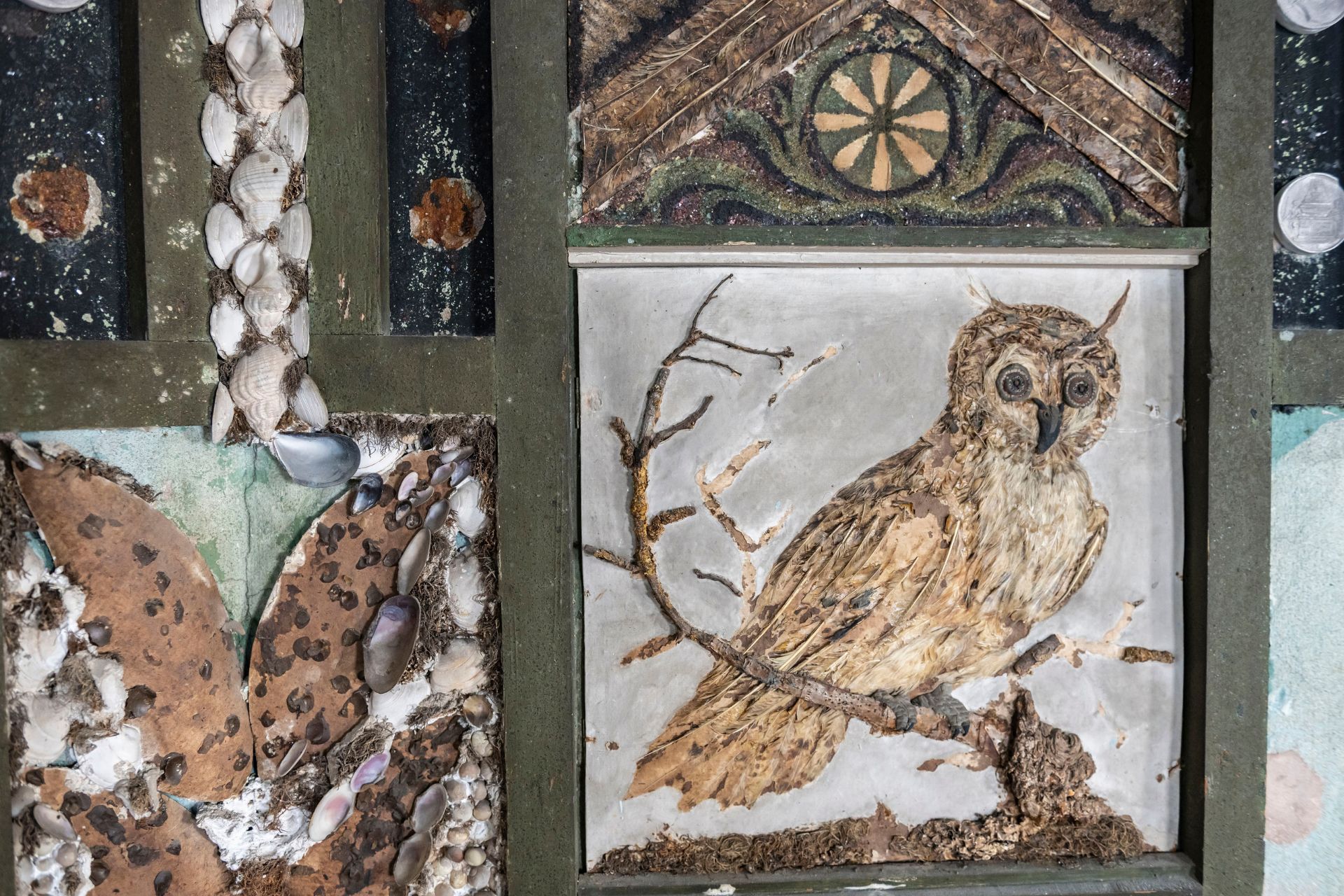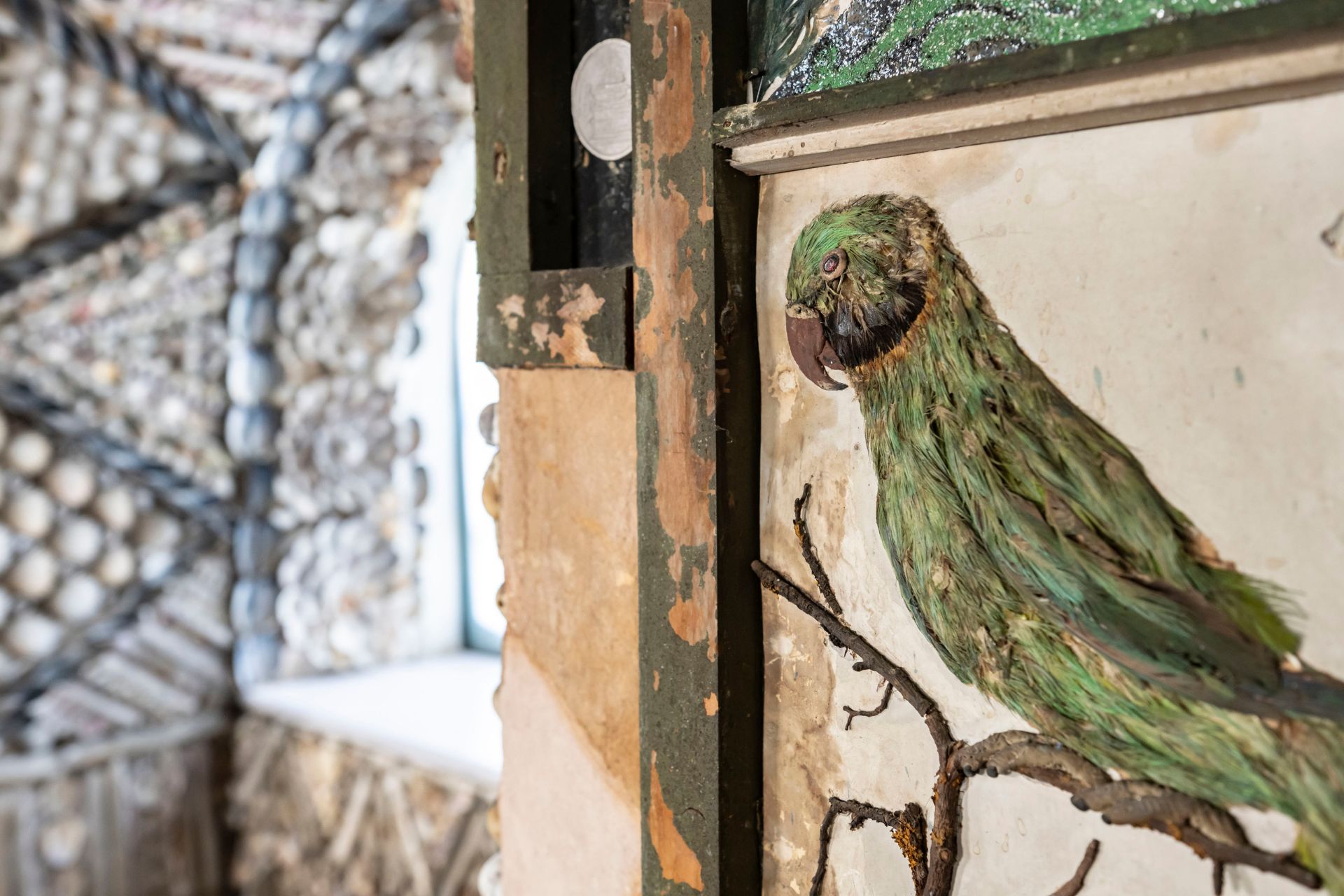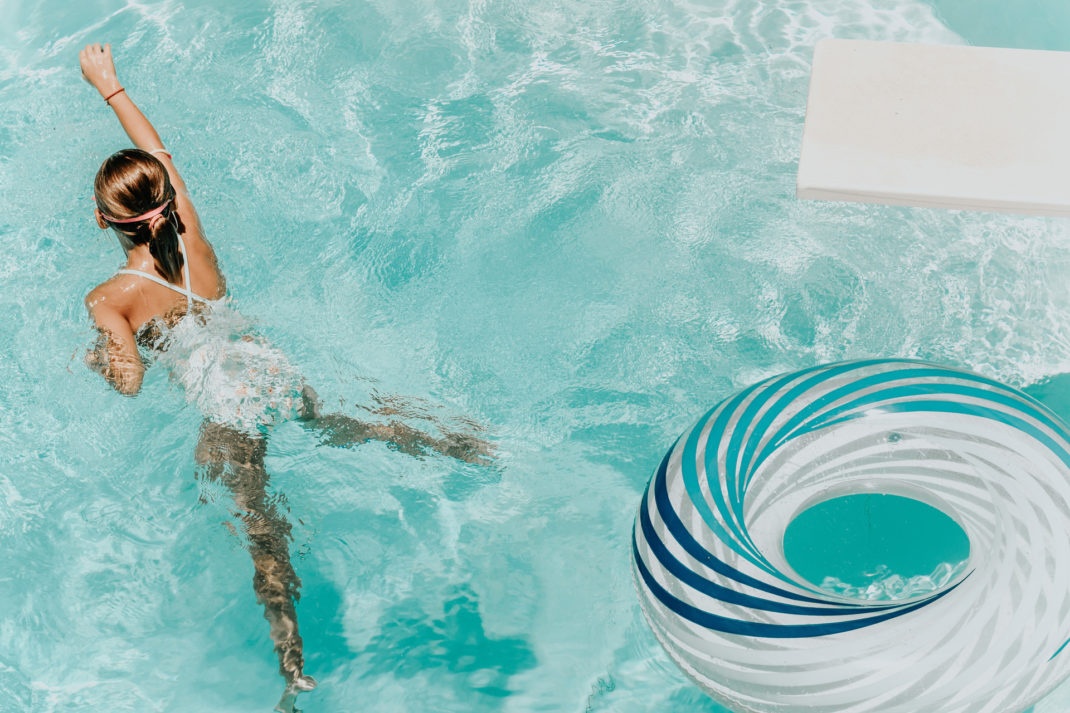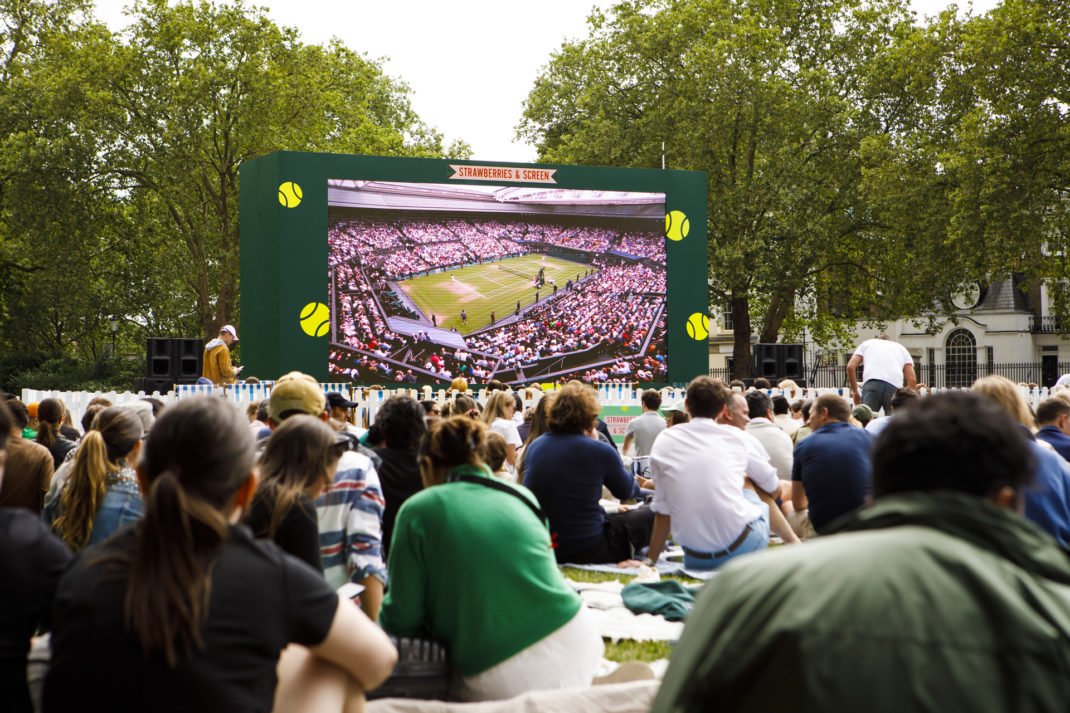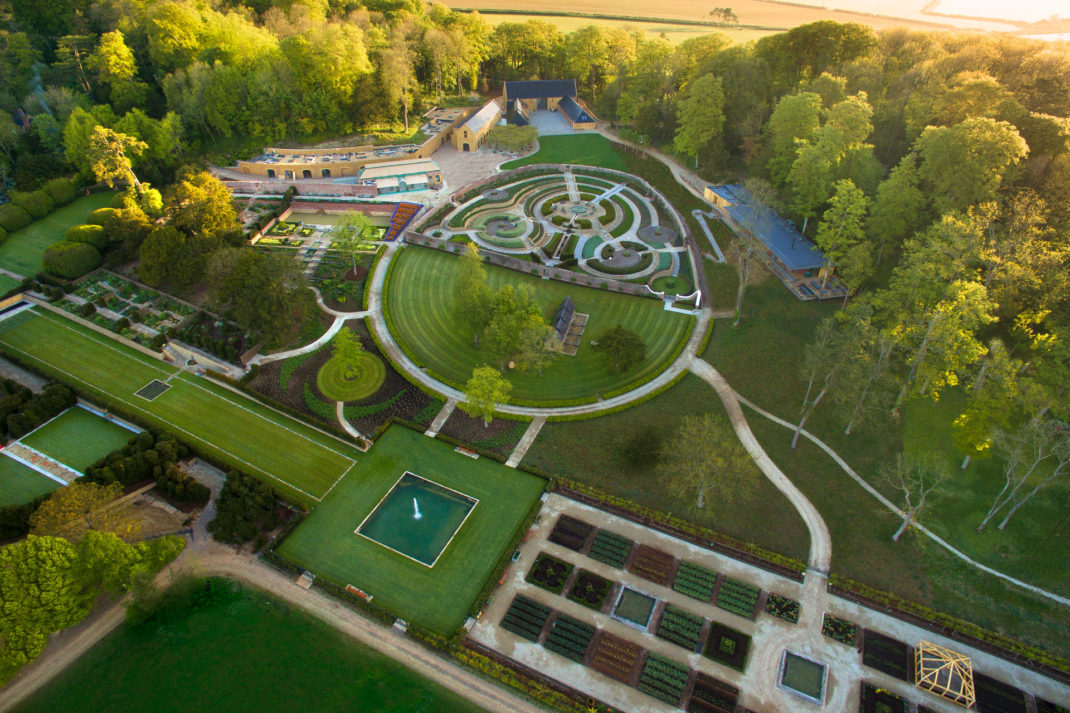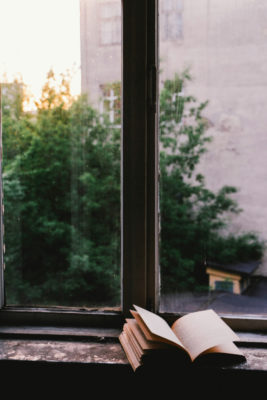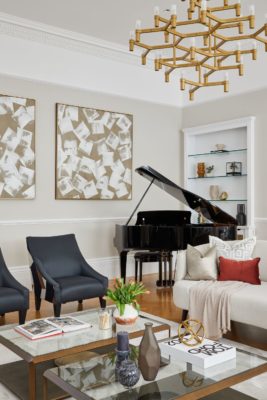Hidden Treasures Of The National Trust: Inside The BBC’s New Series
By Margaret Hussey
1 year ago
A new series of this fascinating show reveals some unexpected gems, says Margaret Hussey
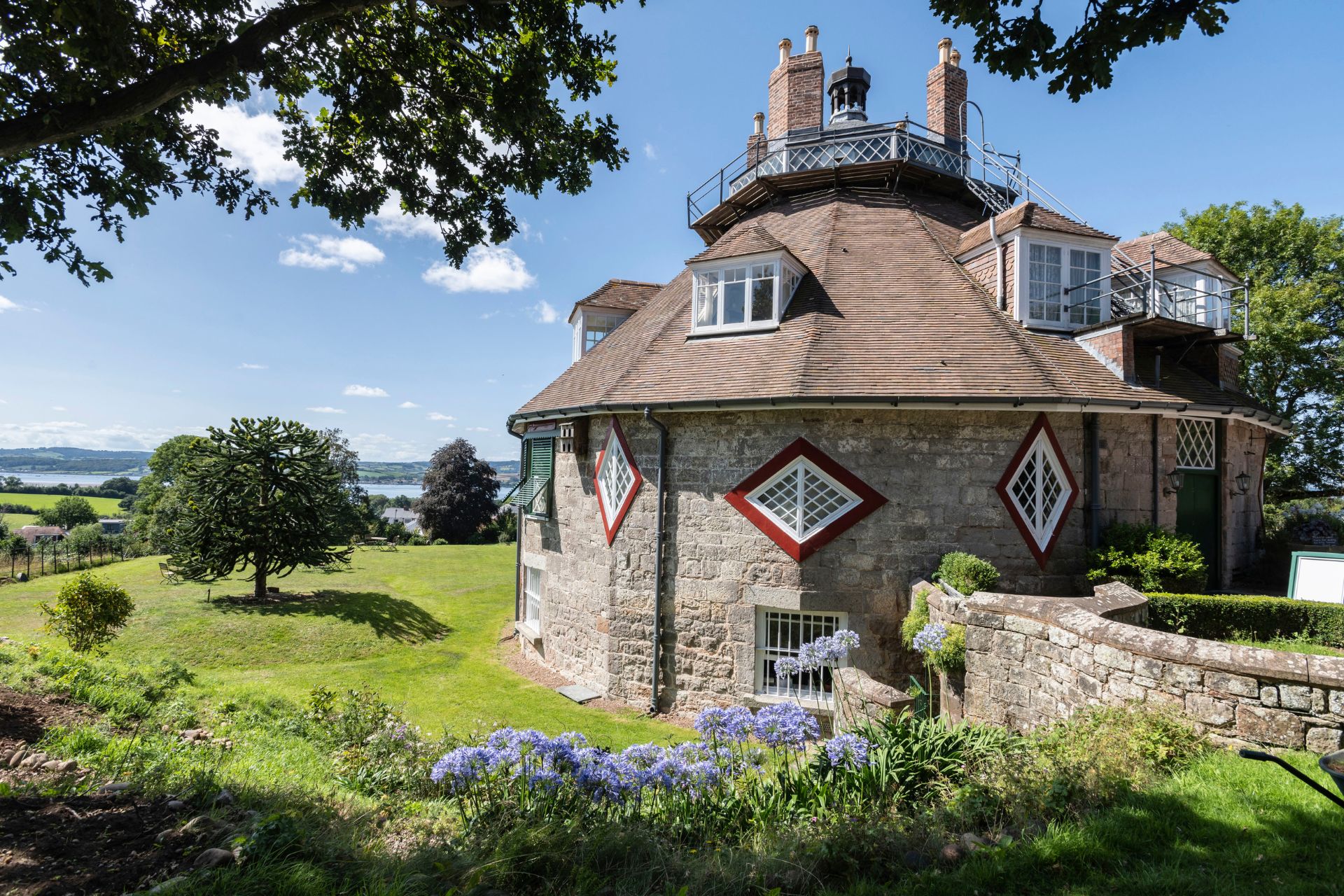
Margaret Hussey chats to the team that painstakingly renovated A La Ronde, a quirky property in Devon which features in the BBC’s brand new show, Hidden Treasures of the National Trust.
Hidden Treasures of the National Trust: The Story Behind A La Ronde, Devon
For conservator Rachel Lawson, working on the impressive A la Ronde property in Devon was a labour of love.
Rachel and her team spent more than a year painstakingly putting back together the shell gallery at the quirky property near Exmouth. Built in the late 1790s by cousins Jane and Mary Parminter, the grotto at the 16-sided octagonal building had fallen into disrepair. And its renovation, plus the fascinating story behind the women who built it, forms part of the BBC’s new series Hidden Treasures of the National Trust.
Fiercely determined and highly unusually for the time, Jane and Mary, both single women, kicked against convention by creating their own piece of heaven in Devon, with an estimated 26,000 shells and souvenirs collected from their Grand Tour of Europe. The unique project saw Rachel, from Sally Strachey Historic Conservation, piece back together thousands of shells that had fallen off and been stored over the decades.
‘It was like a very complicated jigsaw,’ says Rachel. ‘And we didn’t have pictures to go from. We were using clues in the wall. In some places you could see the depression of where a shell had been. It was a lot of working out the patterns and figuring out what orientation they had to be in.
‘The longest part of the job was consolidating what was there. Every shell was wobbly, bits of the plaster was crumbling, so we had to stabilise everything before we could even think about re-attaching anything.’
The project included specialist conservation work on other areas in the gallery, including paper panels with birds and feather work.
‘It really was collaborative,’ continues Rachel. ‘We discussed everything and had to really plan and work out what techniques we needed to do first. It was nice too that it was mainly an all-female team. Certainly in our area of conservation, which is mainly construction, it can be male dominated.’
It’s something that Jane and Mary would surely have approved of. Mary was five when her mother died and her cousin Jane took her under her wing. Both from wealthy families – Jane was the daughter of a wine merchant – they later took off on their Grand Tour, bringing back shells, ephemera, design and craft ideas for A la Ronde, which was said to have been inspired by the Byzantine Basilica of San Vitale in Ravenna, Italy.
As well as building the house on their 20-acre estate, the cousins set up places for women over 50 to live and ensured that young girls got an education. And in her will in 1849, Mary stipulated that the house and its contents had to remain intact and be inherited by single women. For 200 years it stayed predominantly in female hands ––apart from one male descendant. Mary also stated that any money left to married servants and friends should not end up in their husbands’ pockets.
Doing the work, Rachel, who has worked on the Tower of London and is currently doing repointing work at Windsor Castle, came to understand Jane and Mary.
Rachel says: ‘We were certainly thinking about them. You’ve got to admire them even if they didn’t physically do the whole thing themselves. Just to have the wherewithal to actually decide to build the house was a big task, getting the right people to do it and designing what they wanted. With the panels you could imagine them working on their craft in the evenings.’
Descendant Jonathan Harwood, 71, was one of the last people to live at A la Ronde with his mother Ursula Tudor Perkins. She sold the house to the National Trust in the early 1990s after living there for 18 years.
Jonathan says: ‘Jane and Mary were independent-minded, highly educated women brought up in a nonconformist tradition which valued hard work and high thinking. They were women who wanted to do some good in the world, like the creation of the school for the poor girls of the parish.’
When Jonathan saw the finished grotto, he was taken aback. ‘It’s an enormous amount of work. The overall effect was very hard to spot the difference because it had been done so sensitively. What’s lovely from our point of view as a family is to go there now and see everything in such wonderful condition.’
Jonathan was so impressed that he has reconnected with A la Ronde and is now a member of the research team. ‘In the last 30 years a lot of research has come up that we didn’t know. We didn’t realise just how wealthy Jane and Mary were.’
Ursula, 97, now lives in the Outer Hebrides. She says: ‘We spent 18 years at A La Ronde and it was magic. We loved every inch of it and had such a lot of fun. After 18 years, the last thing we wanted to do was leave, but where was the money coming from? Everything needed upkeep. You can’t have a 200-year-old house without doing anything.’
Is Ursula proud of what her ancestors did? ‘Absolutely. It took guts to go out on their own.’
Hidden Treasures of the National Trust starts on BBC Two on May 10 at 9pm. bbc.co.uk

